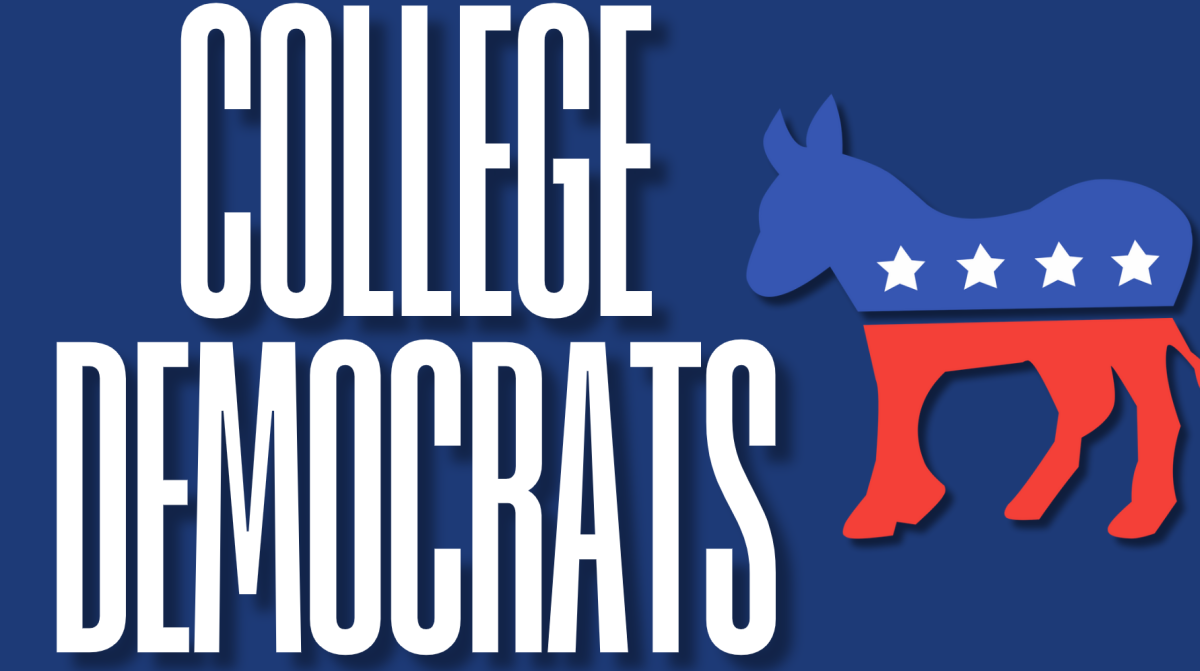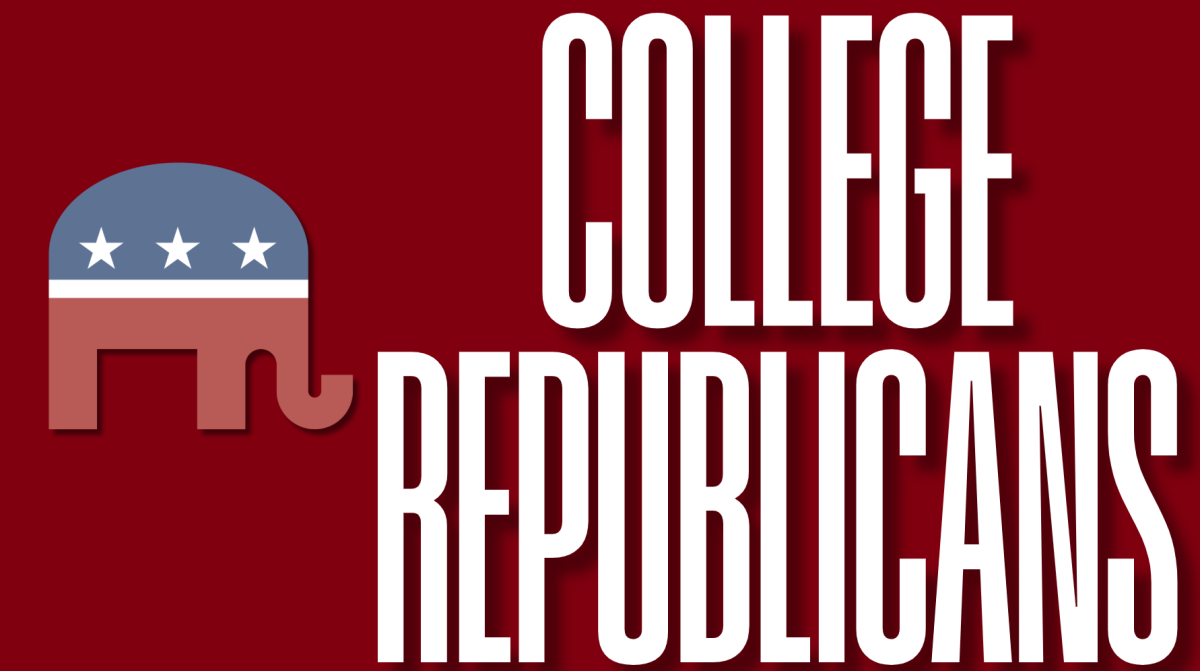By Elizabeth Doty
In the past decade, social media has revolutionized the lens through which we look at the world. From #BringBackOurGirls to #IceBucketChallenge to #BlackLivesMatter, Twitter alone is responsible for widespread awareness of many social issues and social activism that we otherwise would not be privy to.
Furthermore, nationwide student activism has been around for decades (think back to the ‘60s, the Vietnam War and burning draft cards), but in a 21st century context student activism has reached new heights thanks to technology and social media. Students as social media users are connected to society on a new level, a level which we don’t seem to be moving past.
While it is true that social media is a remarkable channel for sparking thought and conversation, it does not seem to be doing anything other than that. Indeed, social media is a forum to communicate through and raise awareness, but often times the message is forgotten after a month of a few thousand likes and shares.
As not only Fordham students, but also as students who will be entering the real world within the next few years (months for some), perhaps there is more we could be doing with all of these connections and platforms at our finger-tips.
With so many options and outlets such as Facebook, Instagram and Snapchat, we as college students have access to platforms that were not available to the generations that precede us.
The majority of college students use social media primarily to keep up with friends and acquaintances around the world. In most cases, using social media at its simplest core is used as a means to project an image of ourselves to all those who opt to tune in.
At what point does having multiple social media accounts across multiple platforms become repetitive and ineffective? At what point is one simply orchestrating a performance across these outlets for seemingly material means to a vain end of a socially acceptable “ratio,” how accurate those portrayals are is another question entirely. However, I find myself wondering to what extent we are effectively utilizing these resources to enact real change.
If you look at any of the major social movements, within even the past few months, many were coordinated through social media.
The Women’s March coordinated via Facebook, originally began with one retired lawyer’s Facebook event which, three months later, attracted over 500,000 people.
Another example of successful activism can be found in the A.L.S. Ice Bucket Challenge which in addition to raising $115 million also led to a funded global-gene sequencing effort.
While the above scenarios show the gains social media awareness can make in when spreading a message, there are many others which have gone in the opposite direction. For example, ISIS infamously uses social media as part of their global communications strategy to spread propaganda, recruit and upload videos of executions and military training camps. ISIS also has a known track record of recruiting college student drop-outs. The dangers of social media can also be seen on a perhaps seemingly harmless smaller scale.
Consider the social media response to the Paris attacks from last November and the Orlando Pulse Club shooting, after which many chose to upload the temporary filter to the profile picture of either the French national flag or the rainbow flag to show their solidarity.
Yes, these showed solidarity but only in a superficial way. I am not sure I find validity in simply changing a profile picture with a few clicks of a mouse, when there are others out there affecting true activism.
There are a lot of lessons that can be learned from both sides of this social media use spectrum; especially as there are many of us who use social media religiously, checking from the moment they wake up and others not checking accounts for weeks at a time.
For me, the most important lesson is that social medial can be used for peaceful and pro-active activism, though more often than not many use it as bystanders.
Thus, as college students I am curious to see where most of us will fall on the spectrum of activism via social media in the years to come, because as far as I am concerned right now the potential is there, waiting to be used effectively.








































































































































































































